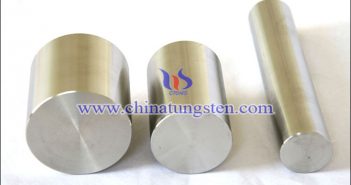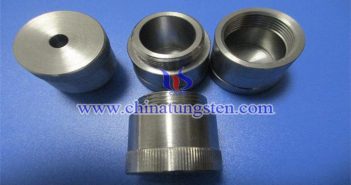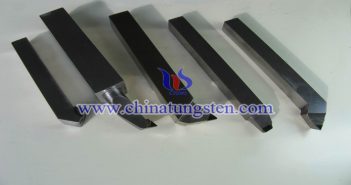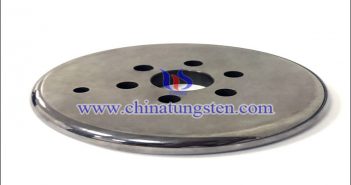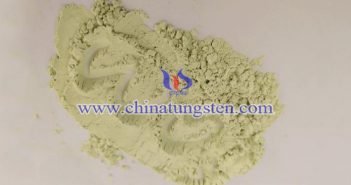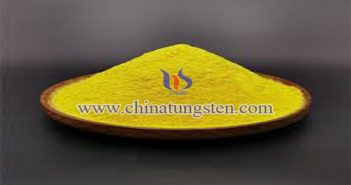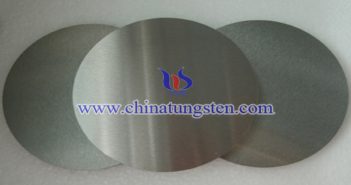
Tungsten alloys have three kinds of types, tungsten molybdenum alloys, niobium tungsten alloys and hard alloys according to different added elements. Tungsten Molybdenum Alloy is an alloy containing molybdenum and tungsten, which includes two series of molybdenum tungsten alloy with molybdenum as the main additive element and tungsten molybdenum alloy with tungsten as the main additive element. The two alloys can be formed in any ratio and are completely solid solution alloys at many temperatures. The nominal compositions of commonly…


